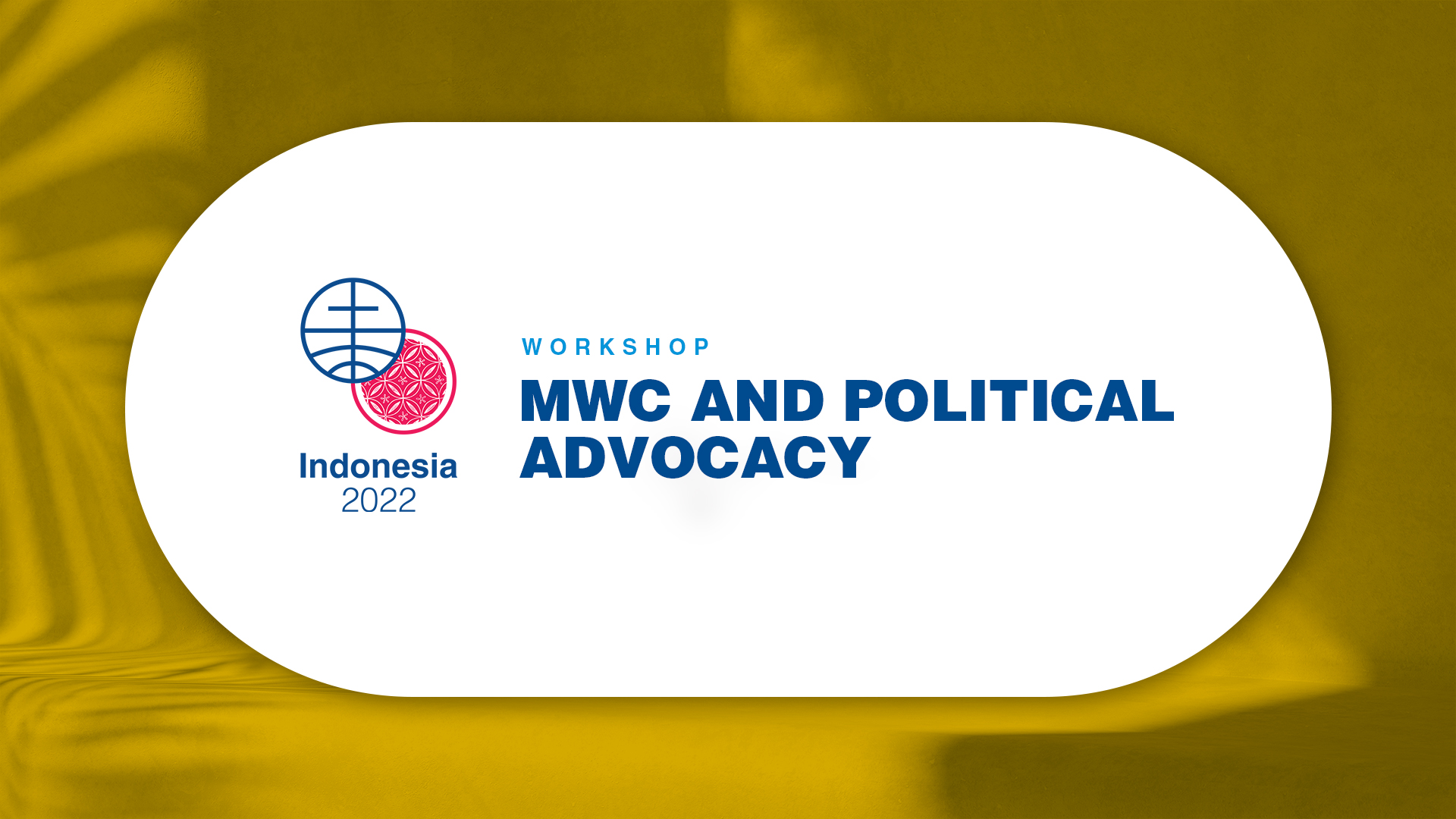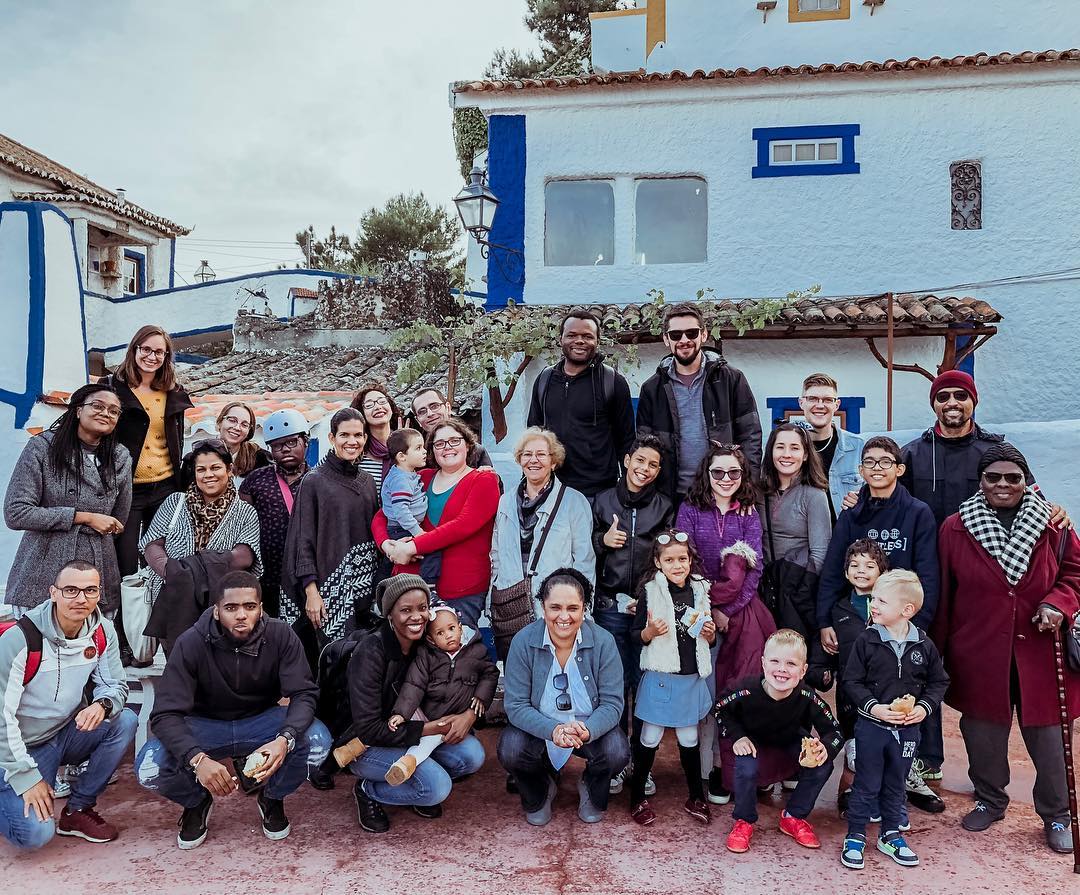-
Mission Commission Structure
New structure of the Mission Commission – 2020 New structure of the Mission Commission – 2015
-
MWC and Political Advocacy
Indonesia 2022: workshop This workshop will explore the way MWC gets involved in political advocacy and how MWC member churches can request such help. It will also explore how MWC can further support its member churches and some of their ongoing struggles. Presenters: Andrew Suderman is MWC Peace Commission secretary and a member of St.…
-
Mission and Migration
Global Mennonite History Series: Latin America released in 2010 (also available in Spanish and French) By Jaime Prieto Valladares Translated and edited by C. Arnold Snyder General editors: John A. Lapp, C. Arnold Snyder
-
Mission Commission Triennial Goals
Triennial Goals (2018-2021) 1. The MC and its networks (GASN and GMF): the MC and the two networks it facilitates have a special challenge because of their organizational structures, the staggering of member terms, and relationships between the members of the MC. We have been learning how the different delegates of our two networks…
-
Missional Frontier: DRC
Mennonite churches in Democratic Republic of Congo Background The Democratic Republic of Congo is a country located in Central Africa, inhabited by nearly 80 million people, belonging to500 tribes and living on a surface of 2 345 410 square kilometers. The country experienced two waves of evangelism. The first evangelism occurred during the15thcentury through the…
-
Missional Frontier: Kenya
A Mission Story of KMC – witnessing in faith Country context in Brief Kenya Mennonite Church (KMC) is a conference registered in The Republic of Kenya. Kenya has a total land area of 581,309km2. Around 9.5% of this total land area is arable. The population is 48 million with a growth rate of 2.3%. Women…
-
Missional Frontier: Portugal
Mennonite Churches in Portugal Background In September 2020, our association went through some profound changes in its structure. First, we saw some board of administration members and church leaders leave the association for different reasons. A pastoral couple, Kardoso Mente and Maria Efekele, left Portugal to start a new journey in France. Kardoso used to…
-
Missional Frontier: Uruguay
Uruguay has an extension of 176.215 Km². It borders with Brazil in the north, and with Argentina in the west along the Uruguay River and the south along La Plata River, as well as the Atlantic Ocean. There were 3,500,000 inhabitants in the country in 2010, half of which live in and around the Capital,…
-
Making peace a way of life
During the past two years, MWC asked member conferences for accounts of experiences in peacemaking. MWC’s Peace Council considered these stories during two days of meeting in Bulawayo, Zimbabwe, in August 2003. The following summary was developed out of that discussion. 1. Continuum of peacemaking activities: All Christians are called to be peacemakers, but this…
-
Membership Application to the Global Anabaptist Peace Network (GAPN)
The Global Anabaptist Peace Network (GAPN) is a network that seeks to connect and support peace organizations (agencies, schools, training programs, research projects, think-tanks, activist-focused initiatives, activists, scholars) that have emerged from and serve our global Anabaptist-Mennonite church communion. Our hope is to provide a supportive community as we work together at making our world a better…

